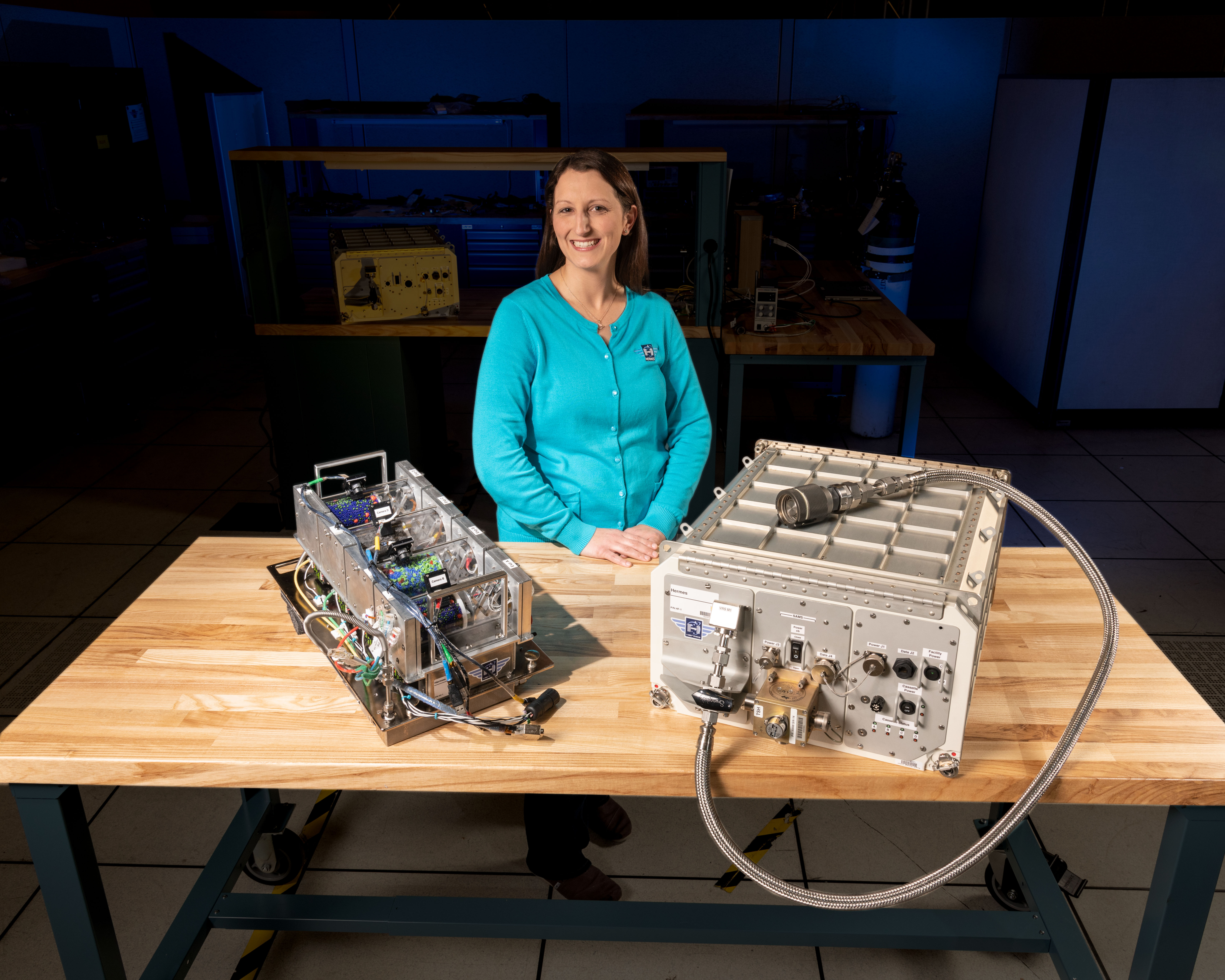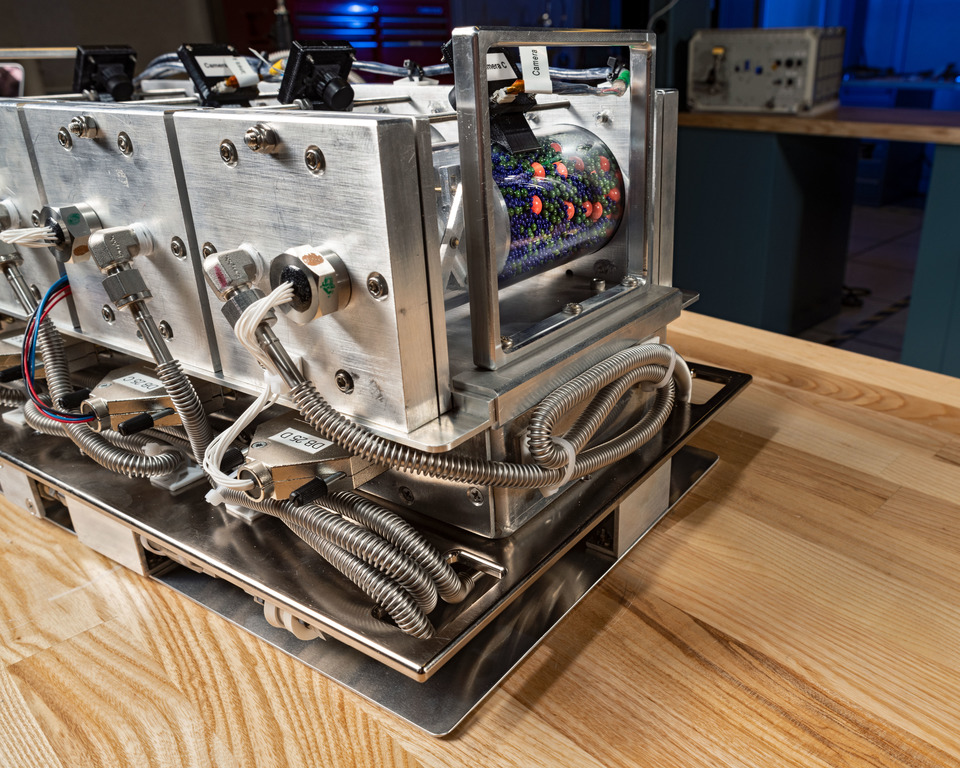Hermes Regolith Experiment in Space Takes Aim at Moon Dirt and Asteroid Landings
By 2024, NASA plans to land the next two people on the moon, including the first woman who will ever walk on the lunar surface.
But to get there, scientists will first need to understand lunar regolith, Kristen John, principal investigator of NASA's Hermes Facility, said in a video recently published to NASA's Johnson Space Center's YouTube page.
Regolith is the layer of loose rock and other minerals that cover the surface of solid ground, and the regolith on the moon is made up of many particles. "The solar system is very dynamic and we have asteroids and meteoroids moving around and impacting different bodies," John said in the video. "So that the surface is getting bombarded all the time."
Video: The Science of Moon Dirt and Future Lunar Living
Related: Amazing Moon Photos from NASA's Lunar Reconnaissance Orbiter

The moon has a layer of dry regolith about 3 inches deep, according to the video. Now, astronauts aboard the International Space Station as well as John's team on Earth are studying the regolith to see how it reacts in microgravity and the vacuum of space, thanks to John's Hermes Facility.
Hermes is an experiment station that can communicate with scientists on the ground and give them the ability to control their studies, according to a NASA statement. The device is about the size of a large desktop computer, according to NASA. Experiments are housed inside clear tubes about the size and shape of a Pringles can, which can be removed from Hermes, filled with regolith, and then slid back into the device. The tubes are called "cassettes."
When astronauts aboard the ISS received Hermes, they had one job. "The crew will flip a few switches, and we'll basically take over from there," John said in the NASA statement. She and her team can monitor the experiment without much help from the astronauts in space. The device's ability to relay messages from space to Earth is why they called it Hermes, after the Greek messenger god.
Get the Space.com Newsletter
Breaking space news, the latest updates on rocket launches, skywatching events and more!

Up first for Hermes is an experiment to see how lunar and asteroid regolith react to microgravity and the vacuum of space using four cassettes filled with materials simulating regolith.Three tubes hold different-size particles of silica glass; the fourth has a meteorite simulant that is a blend of various size particles, according to the NASA statement. Over the next few months, John and her team will monitor how these particles react to microgravity, vacuum and changes in pressure and temperature, as well as shocks from impacts and other forces.
Understanding how regolith responds is important for future lunar landings and for potential landings on asteroids. "If you're going to anchor to the surface of an asteroid, we need to understand how to interact with the regolith," John said in the video. Asteroids are small, and so they exert only microgravity — hence the need to understand how small asteroid particles behave in such an environment.
For sending people to the moon or on asteroids, understanding how regolith behaves in the vacuum of space can inform the design of astronauts' spacesuits as well as the spacecraft that land them on the moon. "We need to study this material to understand how it's going to affect our spacecraft that interact with the surface of asteroids, or the joints of spacesuits worn by astronauts one day exploring them," John said.
- How Do You Build on the Moon? Start with Lunar Dust
- A Weird Powder Puzzle on the Martian Moon Phobos May Be Solved
- NASA Announces a Dozen Science and Tech Experiments to Scout the Moon
Follow Kasandra Brabaw on Twitter @KassieBrabaw. Follow us @Spacedotcom and Facebook.
Join our Space Forums to keep talking space on the latest missions, night sky and more! And if you have a news tip, correction or comment, let us know at: community@space.com.

Kasandra Brabaw is a freelance science writer who covers space, health, and psychology. She's been writing for Space.com since 2014, covering NASA events, sci-fi entertainment, and space news. In addition to Space.com, Kasandra has written for Prevention, Women's Health, SELF, and other health publications. She has also worked with academics to edit books written for popular audiences.









